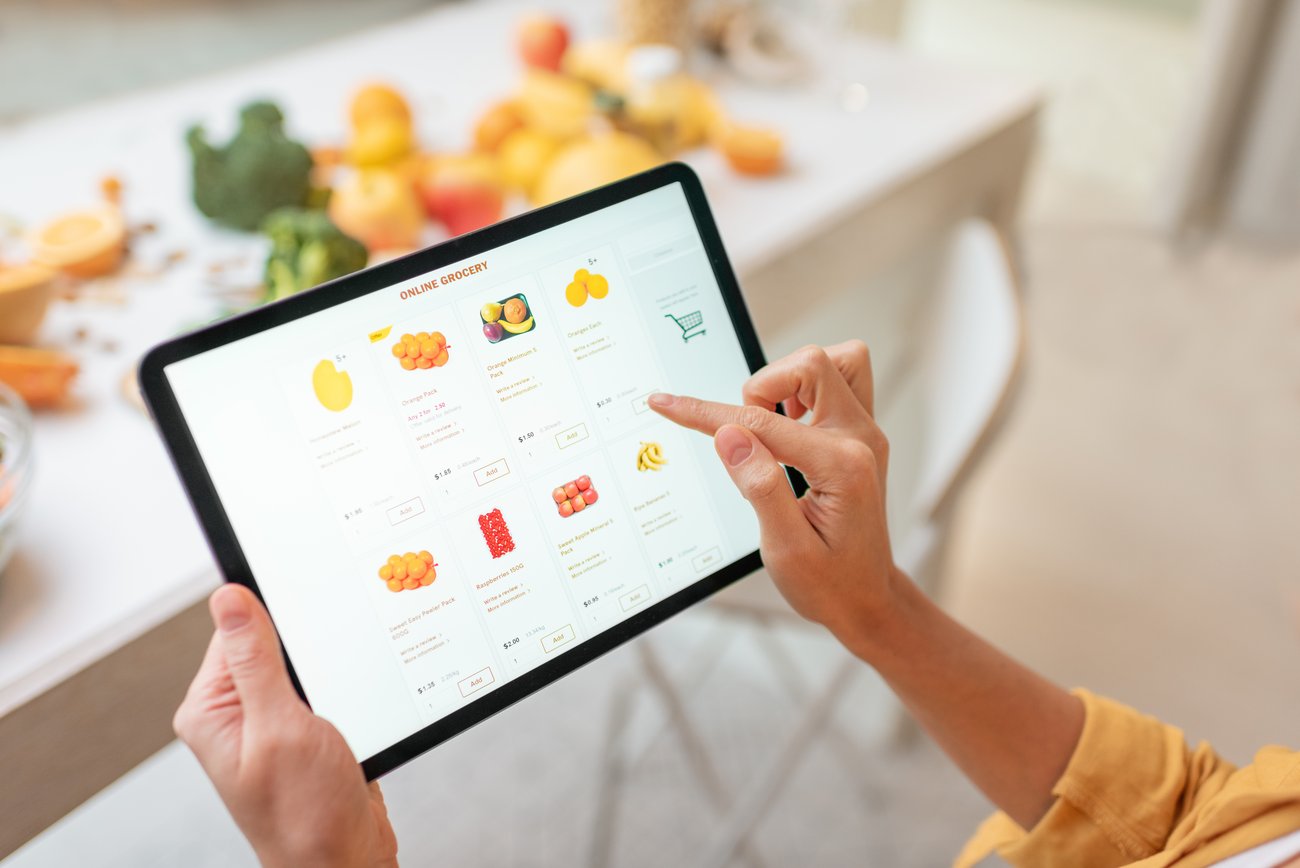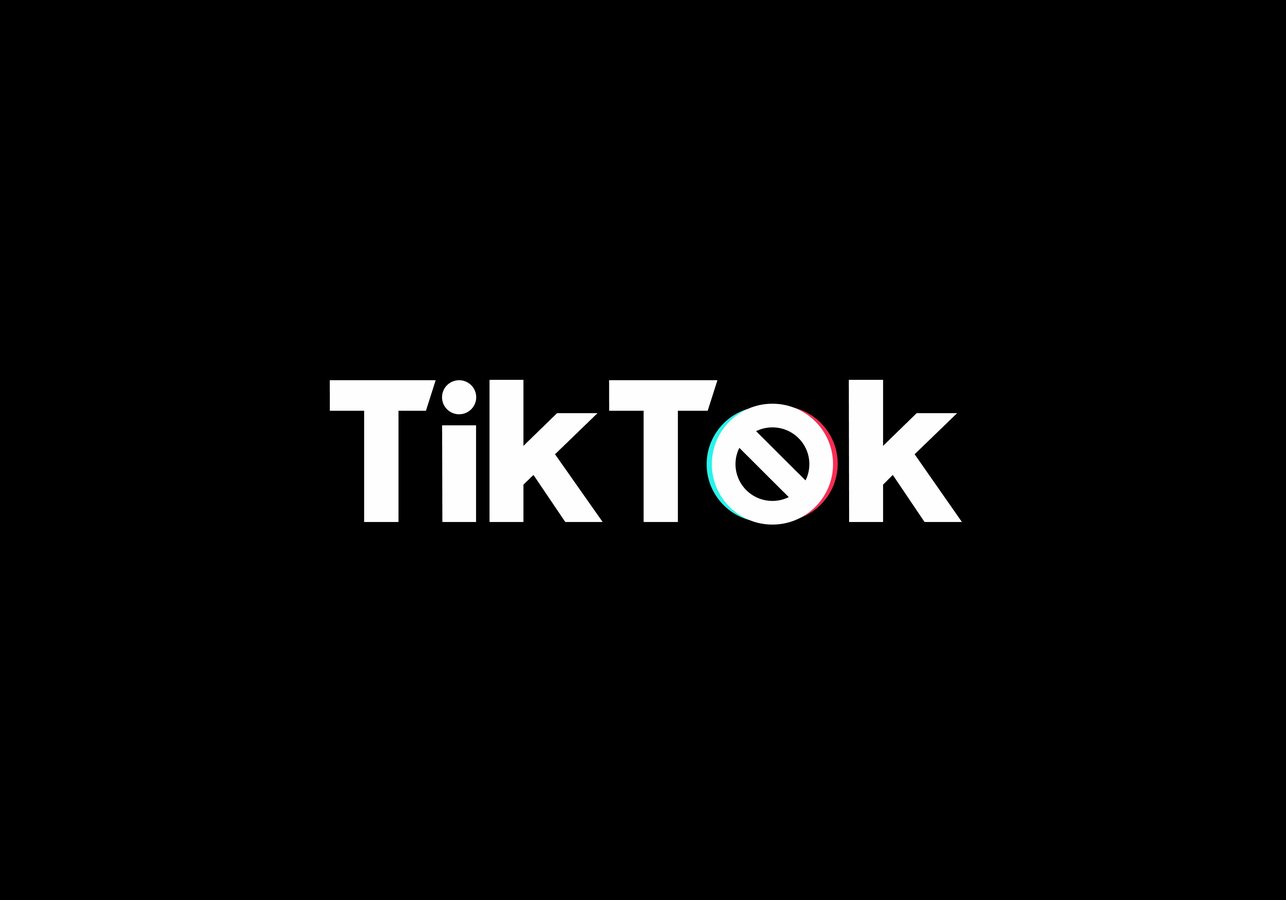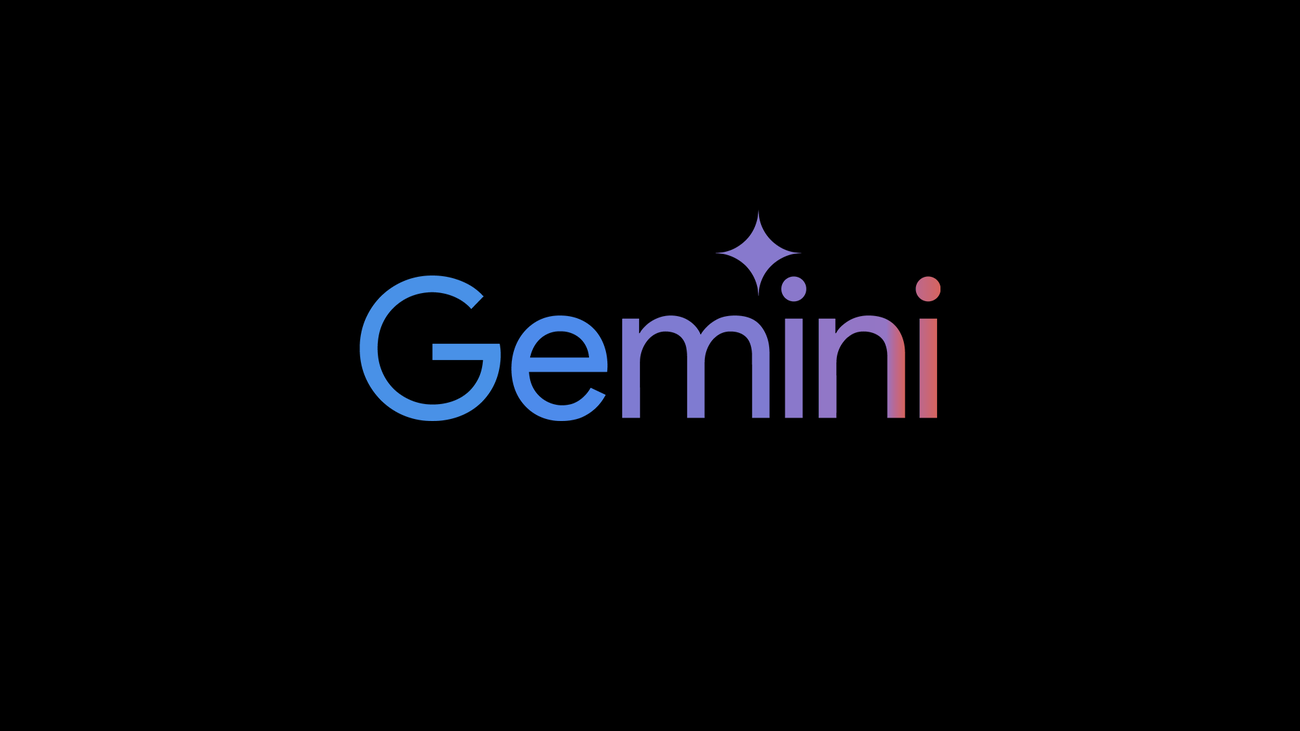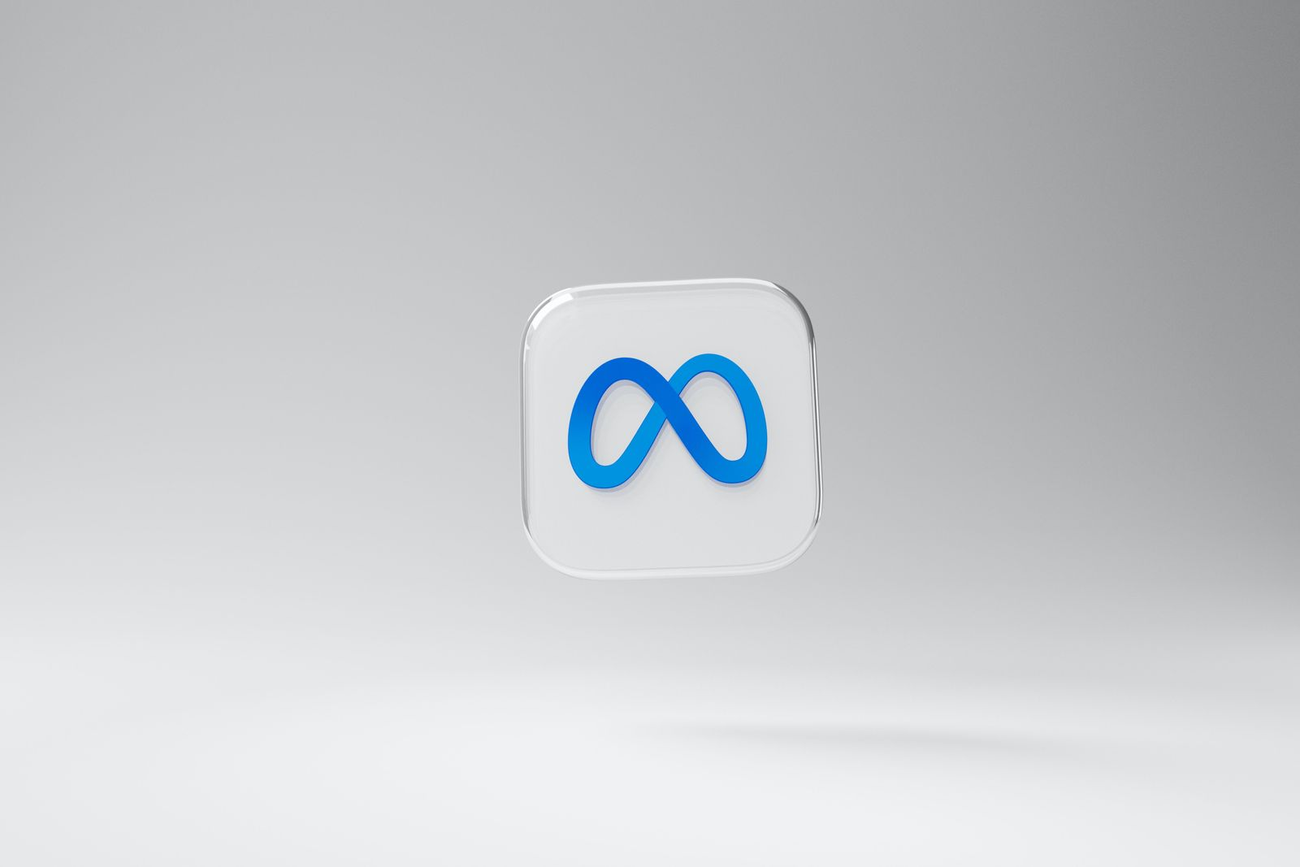The Digital Grocery Shelf Space
With purchases more digitally influenced than ever before, understanding where products are on the internet—and how to maximize that space—will drastically impact your brand’s visibility.

Over the last few years, grocery retailers had to adapt and reevaluate most facets of their business. A global pandemic, supply chain challenges, inflation, and demanding consumer preferences all changed the grocery landscape. To keep up to speed, retailers have focused on a handful of trends such as value-consciousness, healthier-eating, elevated consumer expectations, sustainability, eCommerce innovation, and the growing importance of partnerships.
Consumer Behavior in the Current Economic Environment
Inflation is a major factor shaping today's consumer behavior. People are feeling the pinch of the receding economy and concerned how inflation is negatively affecting their pocketbook. The highest inflation in over four decades is prompting people to shift their grocery shopping habits. In fact, the cost of groceries also overtook gas prices as Americans' top inflation concern. Basket sizes are smaller as shoppers choose to purchase less per trip. Today, consumers are taking fewer trips or are forgoing their favorite brands altogether. Also, shoppers are choosing to spend less on takeout, dining out, and out-of-home entertainment.
As food costs go up, consumers are becoming more creative with their shopping decisions. According to a CNBC report, 50% of those surveyed said that rising meat prices made them more curious about trying plant-based food and dairy options. Grocery is seeing a trend of consumers looking for cleaner and healthier food options. Quality standards, authenticity, and ‘higher purpose' items are no longer nice-to-haves. Everyday shoppers demand more sustainable, responsibly grown foods like organic fruits and vegetables.
A New Era of Marketing
Digital marketing is an increasingly important shopper engagement vehicle. Today, consumers are taking a multitouch journey that begins with digital engagement and ends with a purchase. Grocers are focusing on brand or product retention through personal relationships with shoppers. Grocery retailers are experimenting with new ways to engage shoppers in omnichannel. Building an omnichannel experience will become essential, blurring the lines further between channels of the retail value chain. Retailers will continue to refine digital strategies that build customer relationships and longtime value. New ways of engaging customers in the digital and physical space and ensuring a seamless experience will be the norm.
Mobile scan–based product information and scan-and-go technology and apps have changed the way shoppers interact with grocers. Also, the introduction of shelf aids and digital pricing are paving the way for omnichannel personalization.
Shoppers expect to receive value-added personalized marketing and shopping experiences. CPG and grocery brands have a lot to gain from marketing with influencer content. Influencer marketing has become a vital platform when it comes to customer engagement. People love to get recipes, shopping list ideation, and insightful content from influencers, especially micro-influencers. Followers look to this group as a guide in a specific area of interest and expect them to provide top recommendations. A micro-influencer acts as one of a close friend, making it one of the most valuable recommendations a business could earn. It's no longer just a cool new thing to provide customers…it's becoming a brand expectation.
Technology Shaping Shopping Experiences
From inspiration to action, consumers are using technology for shopping list ideation and discovering new recipes on social platforms. Over the last few years, Pinterest has seen a 20X increase in product searches and the number of ‘Pinners' engaging with grocery shopping has more than tripled. In that same time, TikTok has also seen a tremendous boost in shopper engagement, as people are looking to influencers for new brand recommendations and inspiration from grocery shopping hauls. According to Forbes, 44% of Gen Z customers have bought a product based on a recommendation from an influencer. The ‘power of peer' is indeed a persuasive marketing tool in our technologically driven world.
The convergence of value propositions is changing the landscape of the eCommerce user experience. Convenience is at the forefront of all platform innovation. Shoppers appreciate a simple, streamlined path to purchase. Grocers are investing in eCommerce capabilities and forming partnerships with technology companies to improve the user experience.
For example, Albertsons and Google have partnered to create in-store shoppable maps with dynamic local features, AI-powered commerce, and grocery-list building. Working with such platforms, retailers need to enhance the shopping experience utilizing in-store technology including self-checkout, digital shelf tags, and payments innovation to improve personalization and efficiency.
The Role of Innovation
Innovation happens at the speed of trust. The role of innovation in CPG is critical in today's fast paced world. Now more than ever, brands, retailers, and technology have become true marketing partners. Innovation helps drive business efficiency, maximizes possibilities in finding new customers, and enhances the overall shopping experience. The following are examples of digital grocery platforms creating robust experiences through leading-edge innovation.
Instacart
Instacart has now developed a suite of connected tools aimed to improve the in-store shopping experience and create operational efficiencies for retailers. Instacart Platform is a new suite of connected, enterprise-grade technologies created to enhance the future of grocery shopping. Instacart Platform gives retailers access to Instacart's consumer marketplace technologies to power their digital and retail operations. Instacart Platform technologies seamlessly connect the online and in-store shopping experience, creating great opportunities for both shoppers and retailers. Here are a few of innovations driving the new platform:
- AI-powered Caper Carts
- Lists
- Carrot Tags
- Carrot Storefronts
- Retailer Targeting
- Digital Shelf Tags
Want to learn more about Instacart Platform? Check out our entire Cuker Insights article.
Shipt
Shipt is the fastest growing on-demand grocery delivery service in the U.S. Shipt is betting big on personalization, high-quality service, and new ad formats to drive future success and customer loyalty. For example, Shipt partnered with Criteo to help complete its full funnel strategy. With Criteo's dynamic retargeting solution, Shipt can target people at the bottom of the funnel, re-engaging users by delivering ads at the right place and time and pushing them to convert with special offers. Shipt is also launching native ad displays to provide a more cohesive user experience.
Uber Eats
We all know that Uber Eats is a premiere online food ordering and delivery platform...but the app offers incredible innovation as well. For instance, Uber Eats is promoting in-ride ads that drive customers to order online. Through user movements and food preferences, Uber Eats now utilizes intuitive algorithms to serve up highly personalized and relevant ads. While you're waiting to be matched with a driver, an ad featuring an offer or other information will pop up in the app. Important for the model to be effective (and not annoying), Uber's ad formats are designed to reach consumers in a non-disruptive way throughout the ride. Uber is also testing in-car advertising tablets, such as those seen mounted in taxis, in San Francisco and Los Angeles.
DoorDash
Delivery platforms, like DoorDash, account for an increasing percentage of the 30+ monthly grocery trips per month. In recent studies, 89% of consumers interviewed said convenience was a major factor in choosing direct-to-home grocery delivery. Over the last few years, DoorDash has accelerated growth beyond restaurants, introducing on-demand grocery, convenience store, and more on the DoorDash app with partners including Albertsons, Sprouts, Raley's, and leading grocers in the Southwest. DoorDash is creating more opportunities for retailers of all sizes to expand their digital offerings and reach consumers online. Today, there are more than 75,000 grocery and retail stores on the DoorDash platform across North America.
What's Next?
The future of grocery is not automatically set, but one actuality is that grocers need to continue to innovate to change the landscape. Technology will dictate shelf space. Grocery and CPG retailers need to explore new levels of convenience, value, freshness, health consciousness, and choice to consumers everywhere. In addition to growing winning omnichannel opportunities, grocers will need to maintain building personalization capabilities to capture and retain their digital customers.
The shift to online grocery ordering is creating new opportunities to drive trial and velocity at grocery retailers. Is your brand interested in leveraging Instacart, DoorDash, Uber Eats, and other online grocery platforms? We can help! Cuker maximizes innovation to grow awareness, boost sales, and motivate repeat purchase behavior with your targeted audience.





